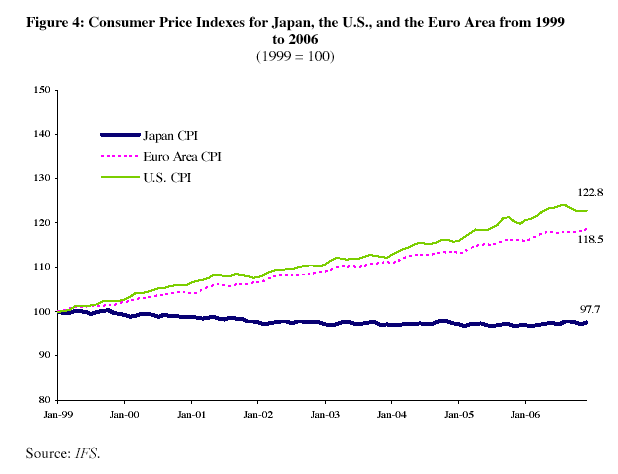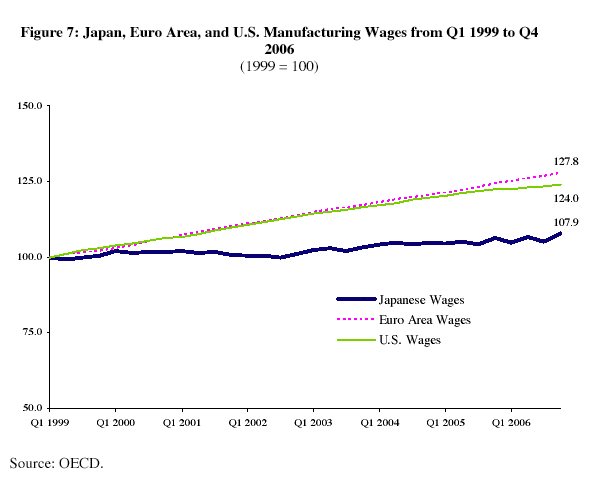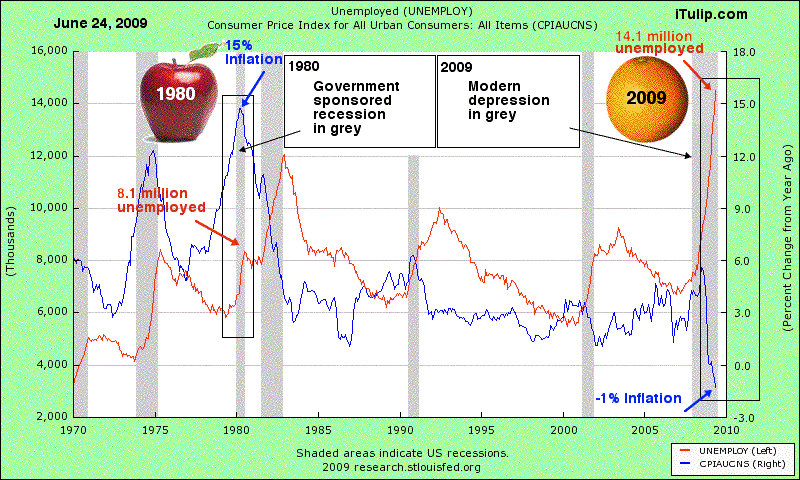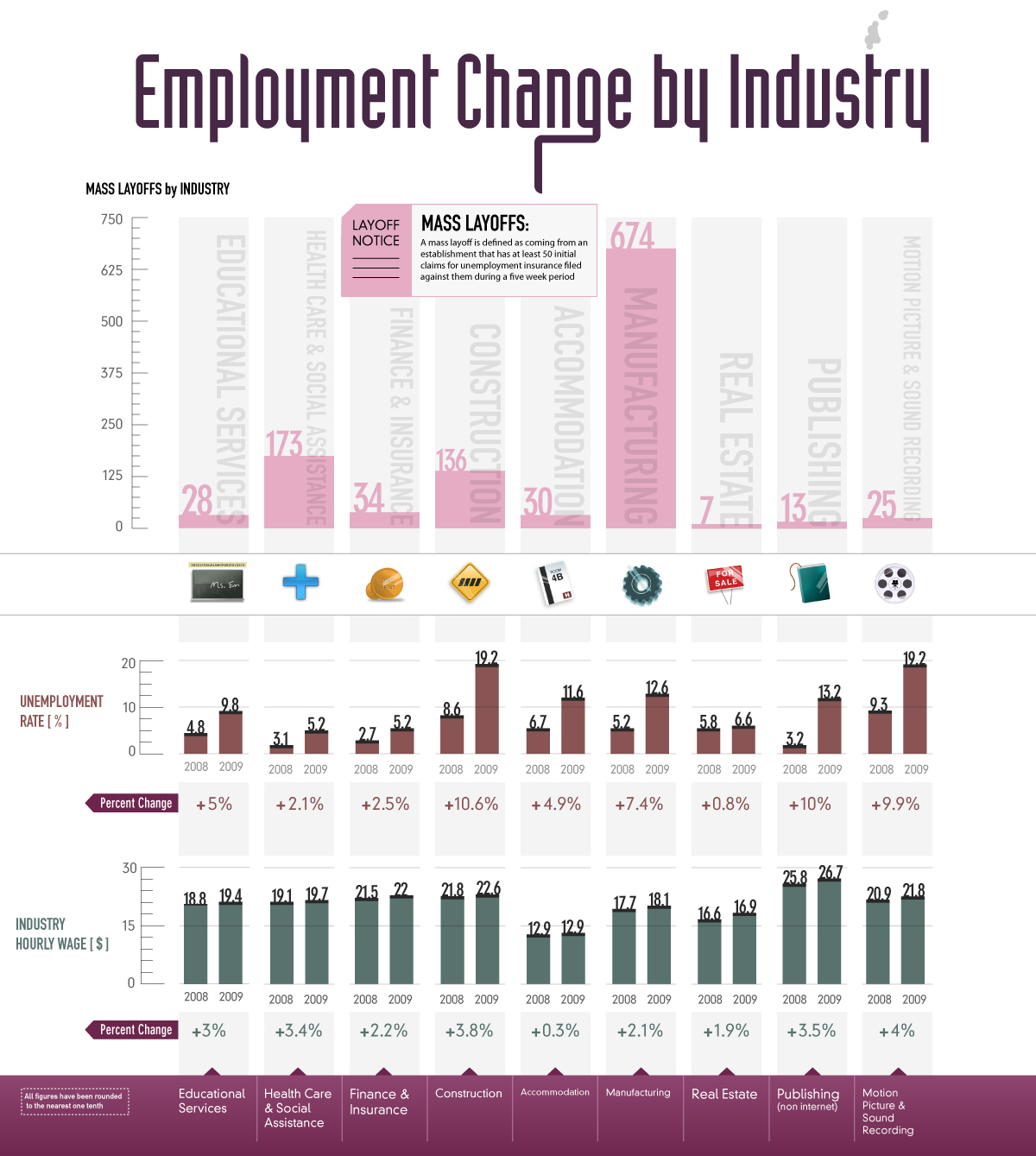Re: August 2009 FIRE Economy Depression update Part I: Snowball in Summer - Eric Janszen
Most will admit to 1 or 2. I think in their heart of hearts some version of 3 is the truth. If a person doesn't spend much time thinking about something it does not mean they don't have thoughts. IMO I don't think they spent much time thinking about it.
Originally posted by MarkL
View Post
Most will admit to 1 or 2. I think in their heart of hearts some version of 3 is the truth. If a person doesn't spend much time thinking about something it does not mean they don't have thoughts. IMO I don't think they spent much time thinking about it.










Comment